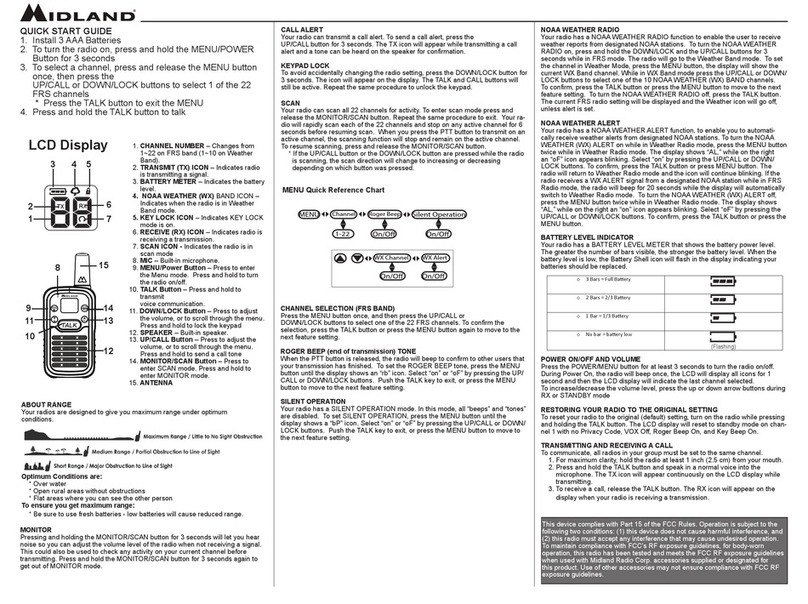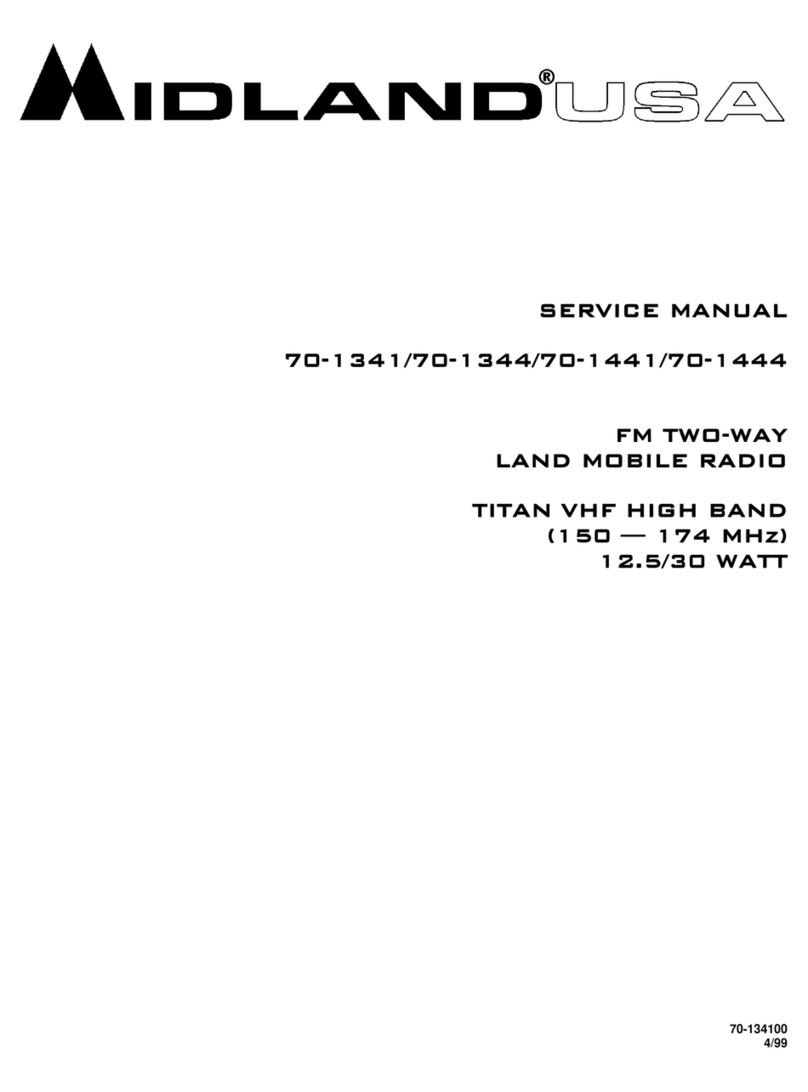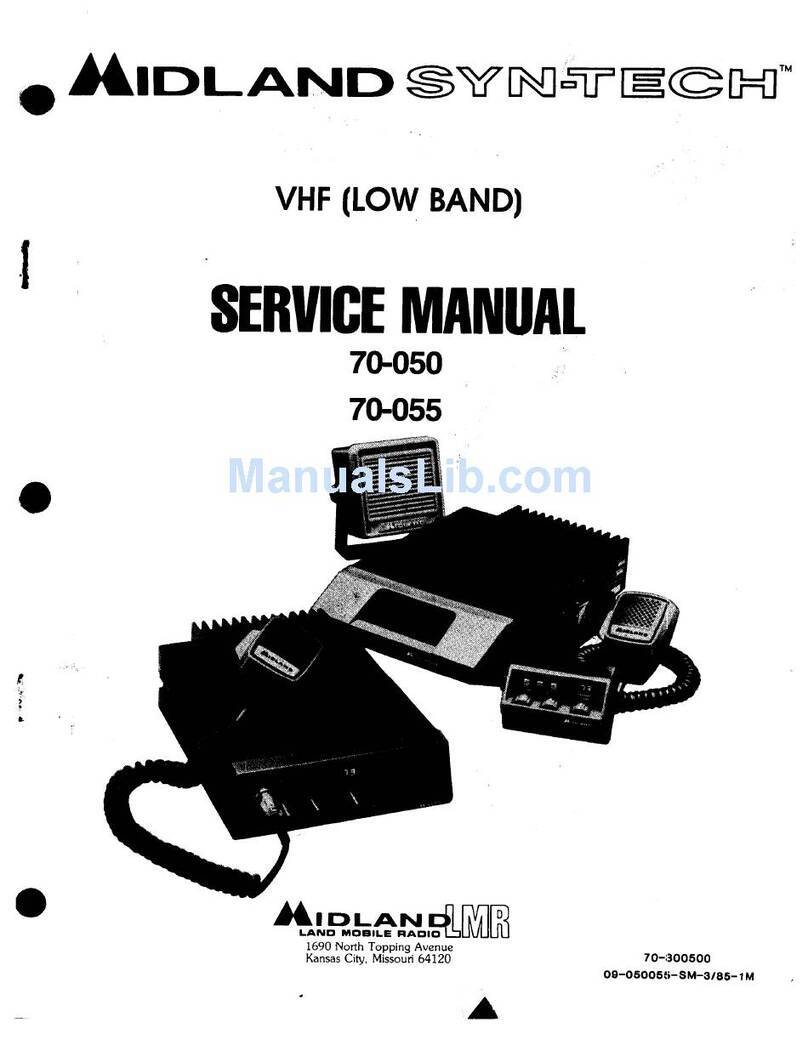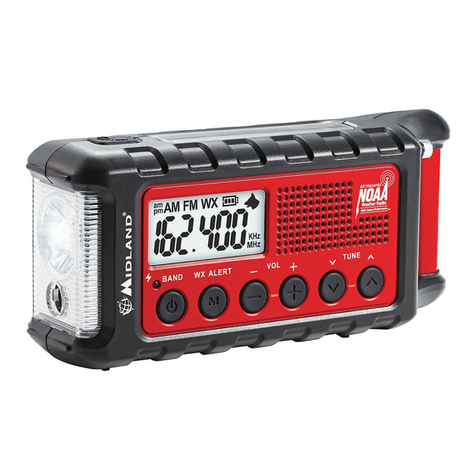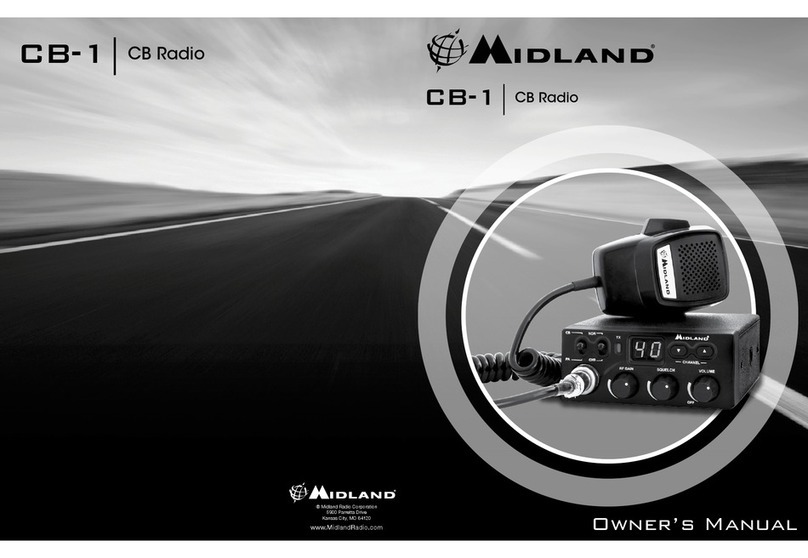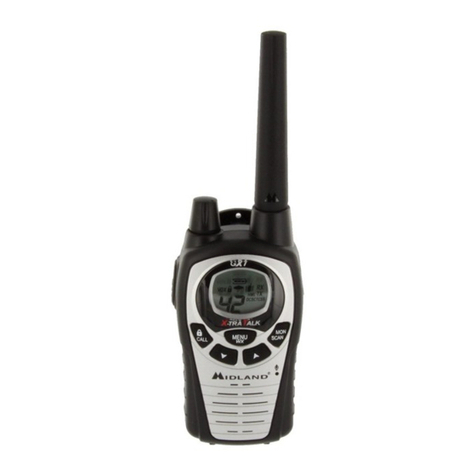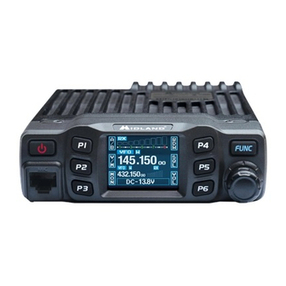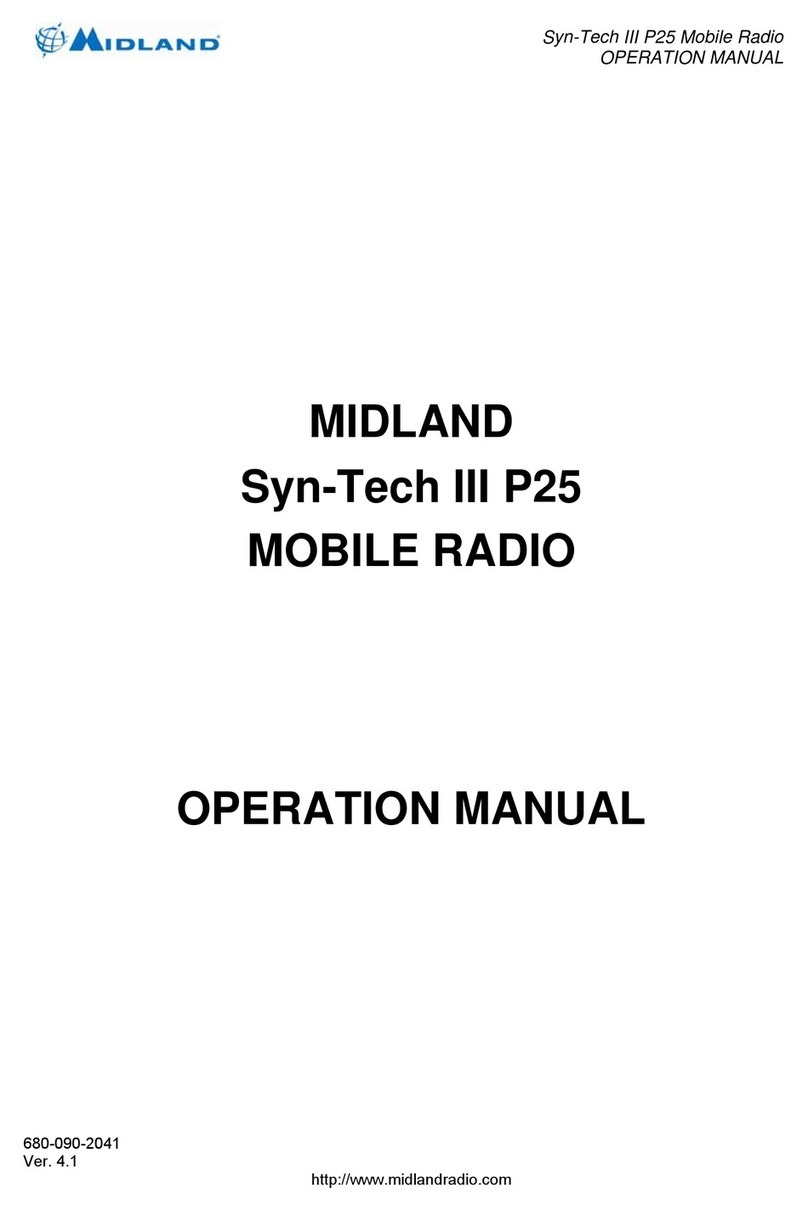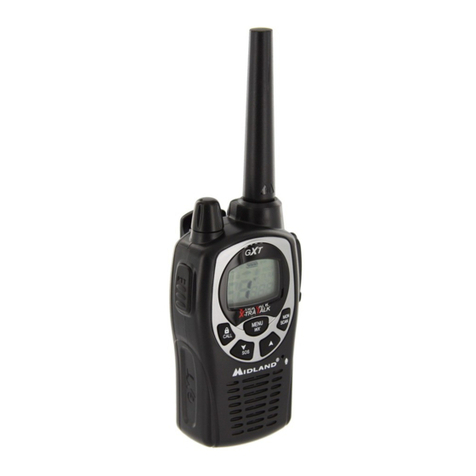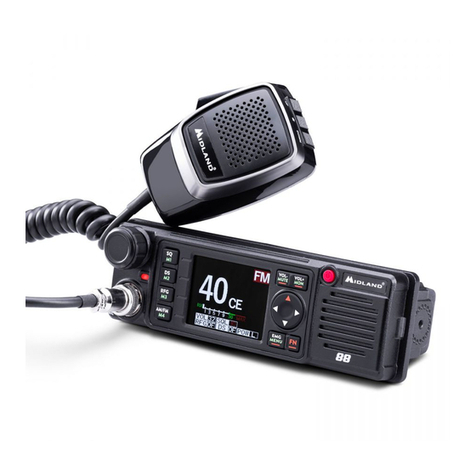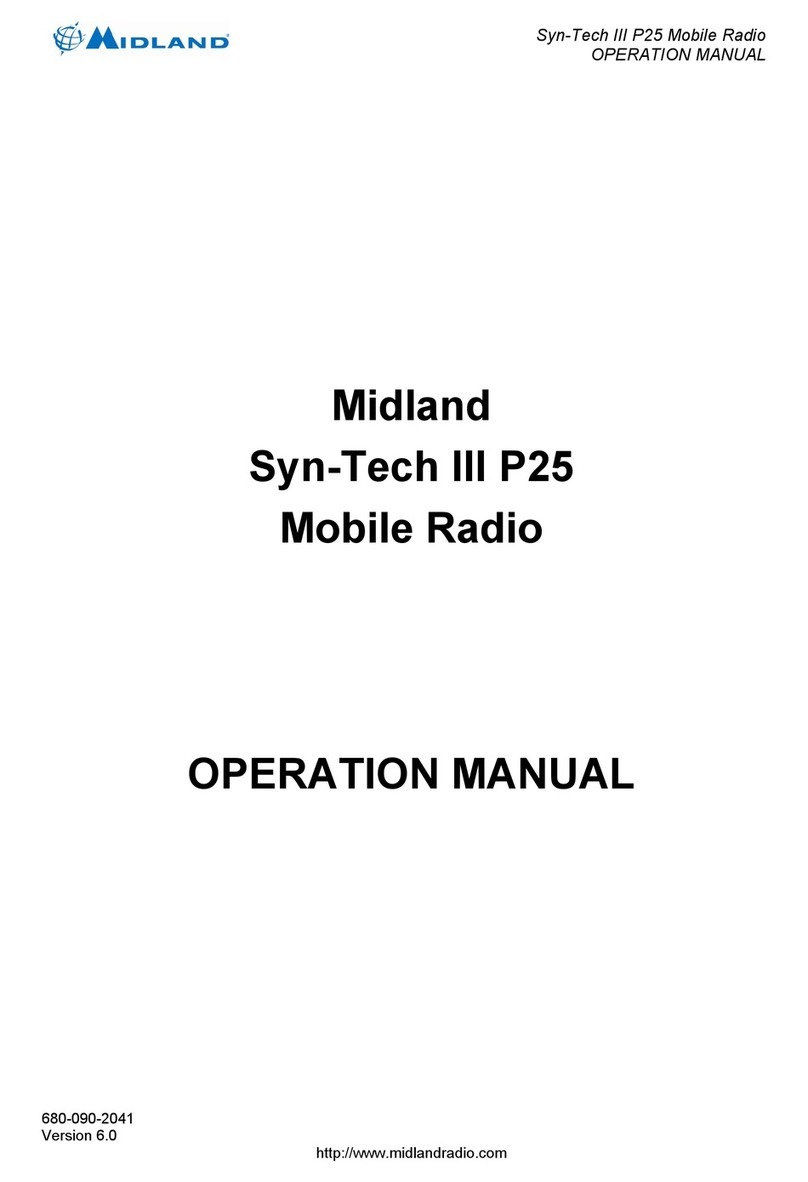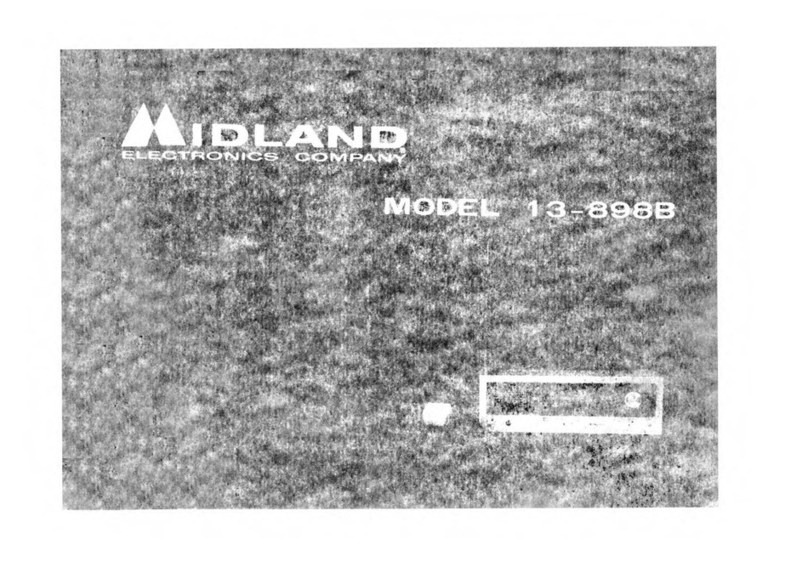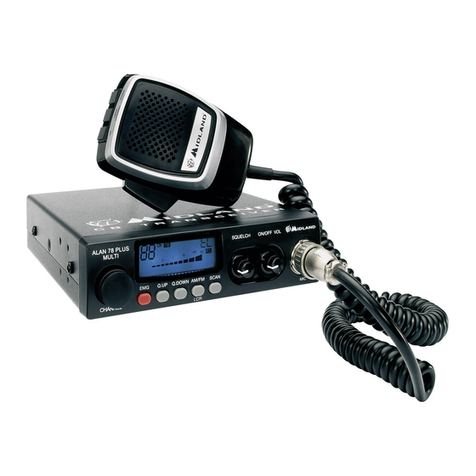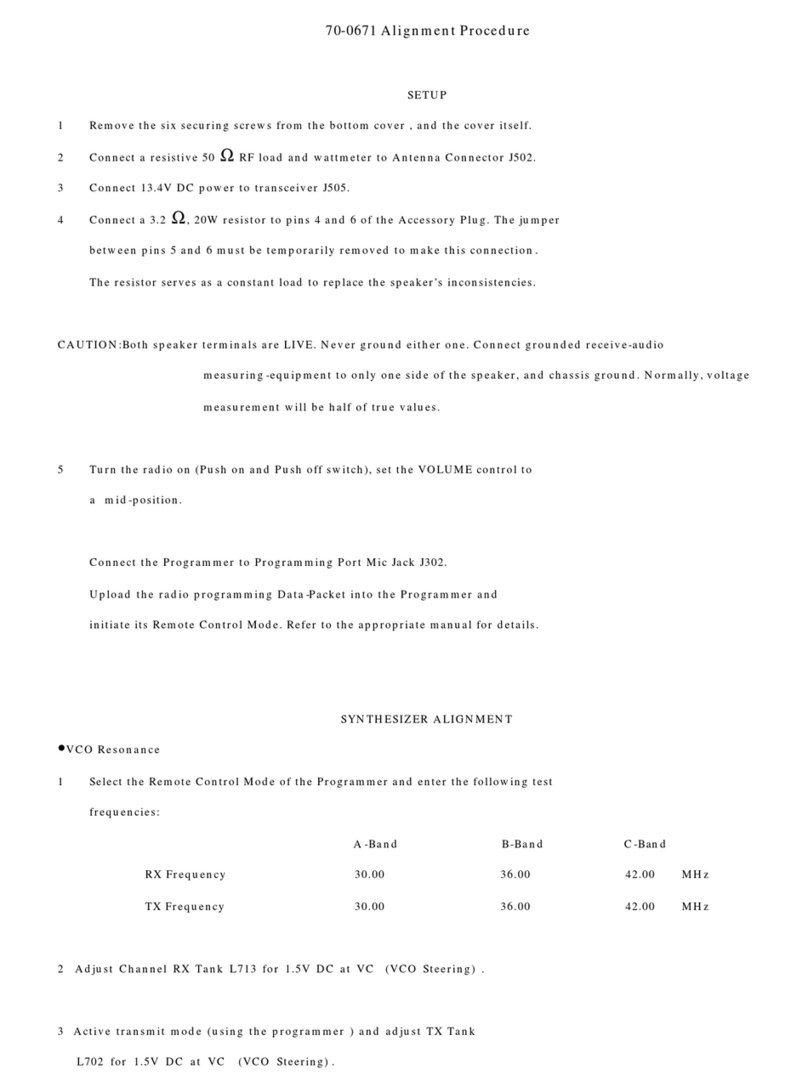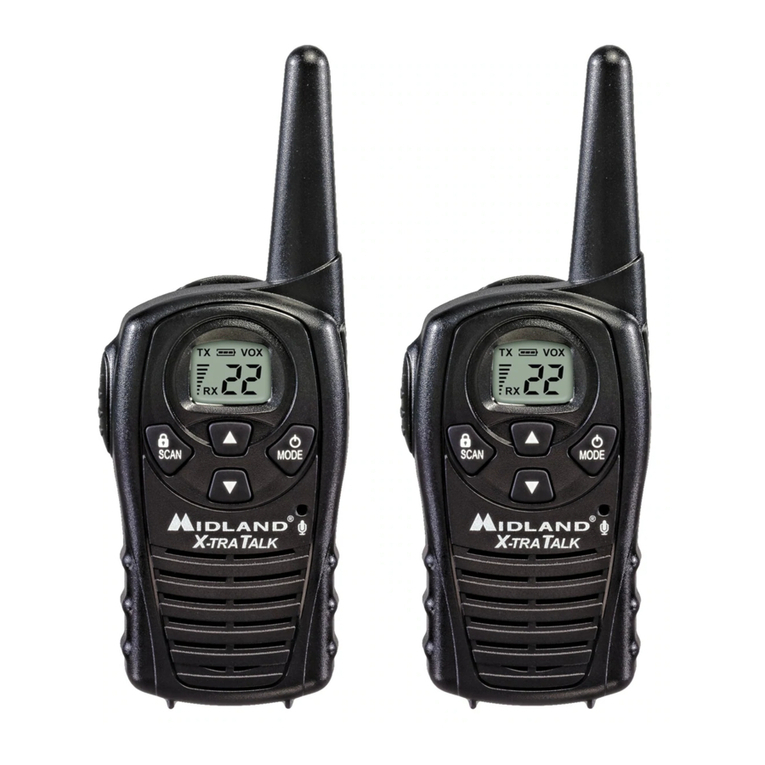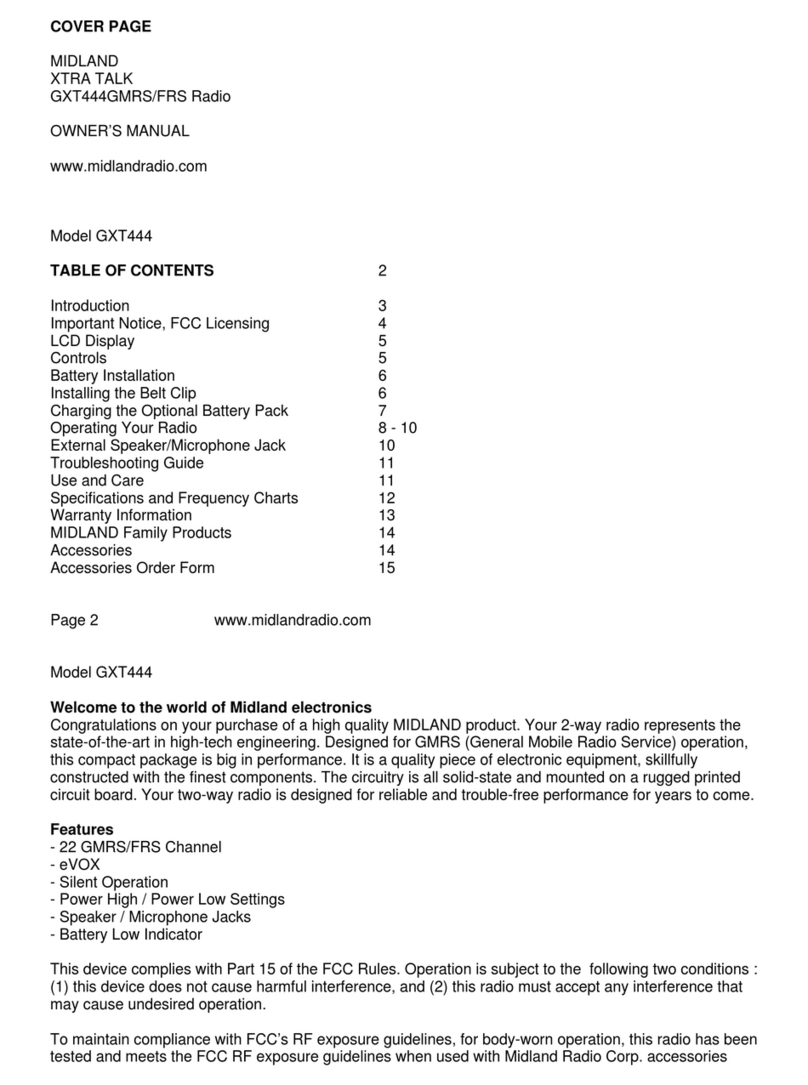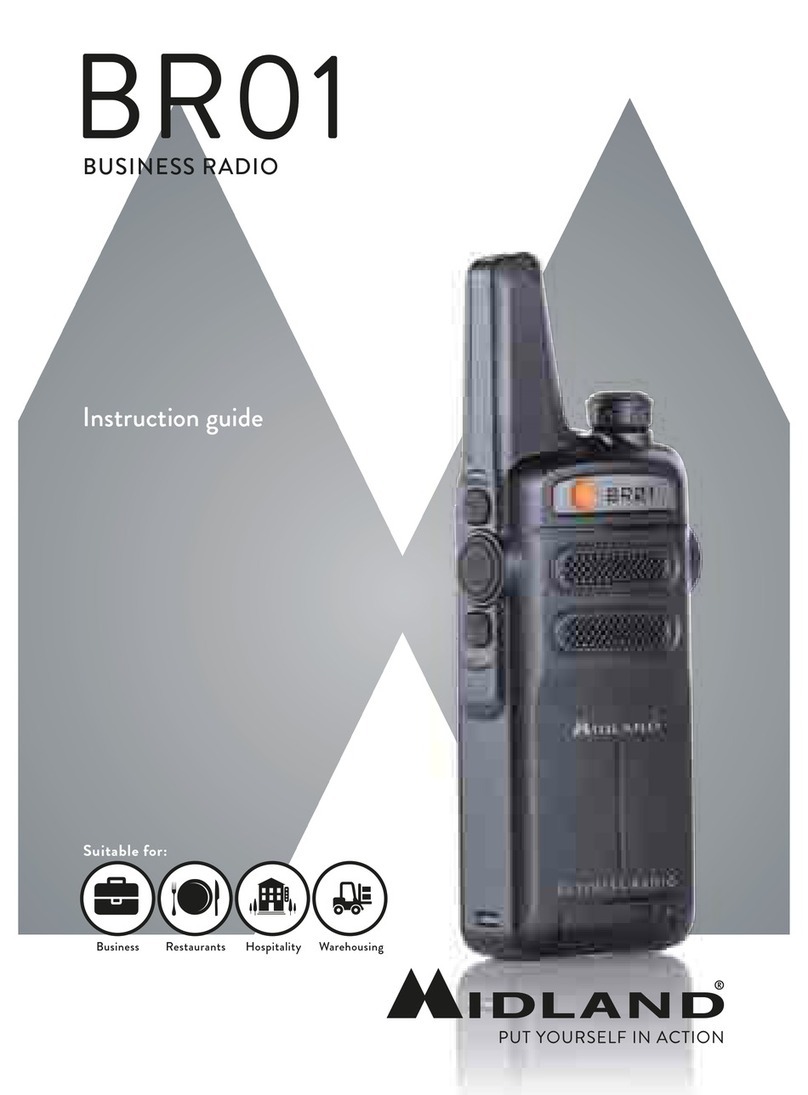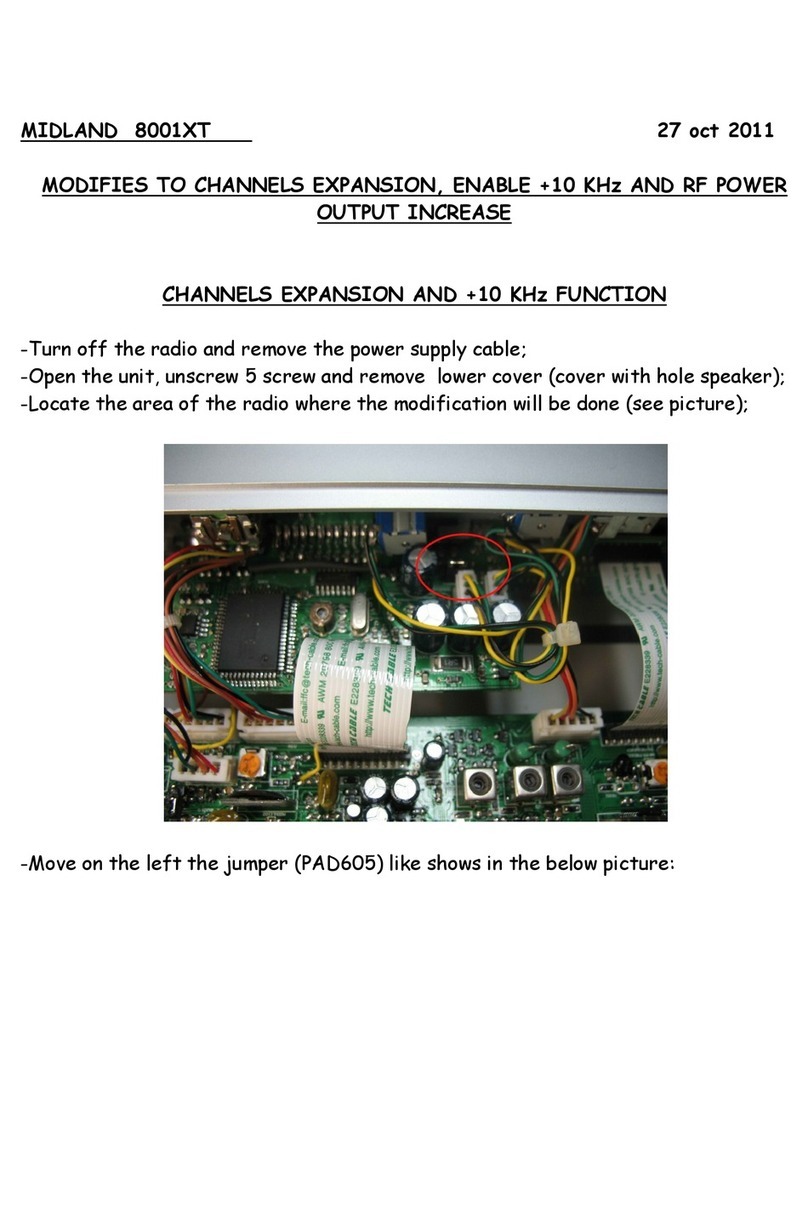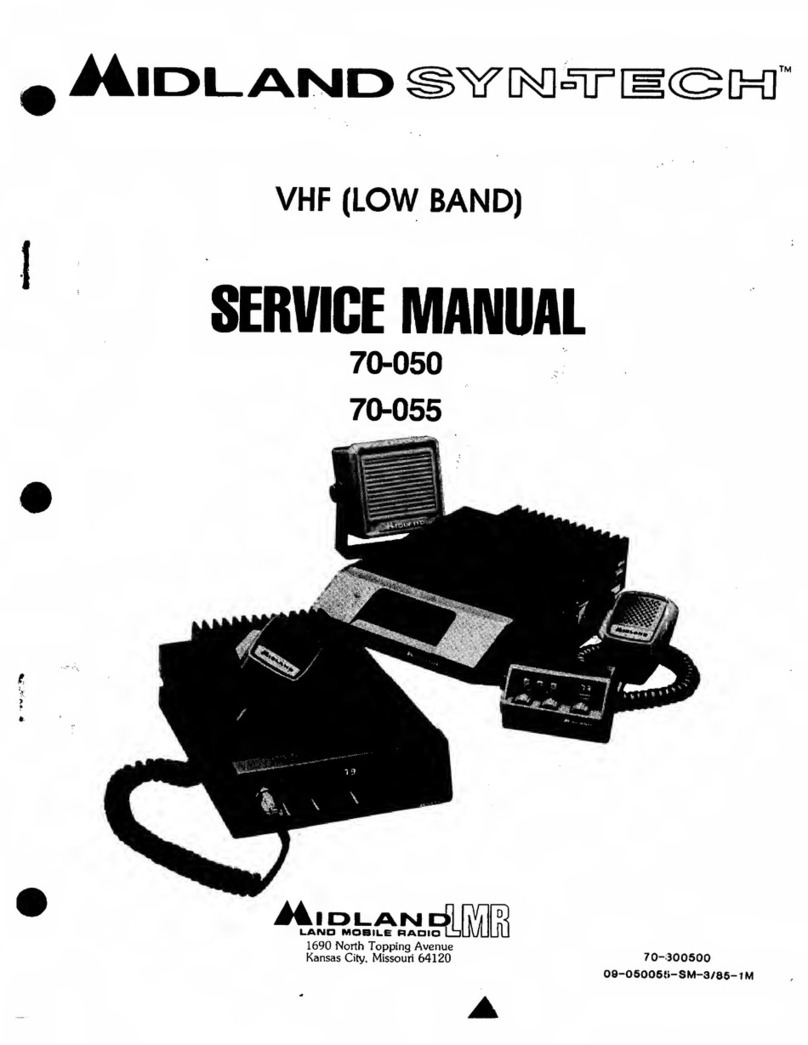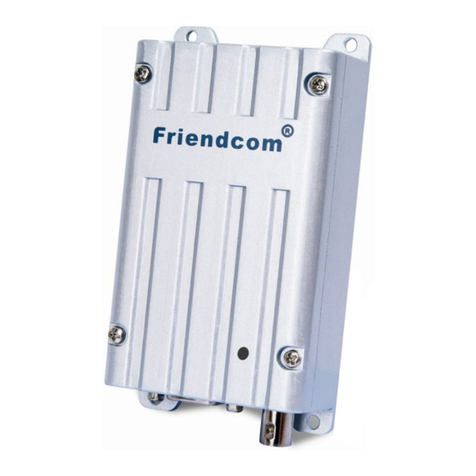10
Squelch control
Squelch control is used to eliminate the background noise when there are no signals present. e
ML801 features a preset Squelch system. e Squelch sensitivity has been factory set to provide
optimum performance in most environments. e sensitivity can be altered by the user if required to
suit varying environmental situations. e Squelch can be opened or closed by pressing the key.
When the Squelch is open, the receiver’s background noise can be heard and is displayed . When
the Squelch is closed, the receiver remains quiet when there are no present signals but an incoming
signal will override the squelch and be heard through the speaker.
To open the Squelch
Briey press the key again. A low beep will be heard. If there no signals present you will hear
the receiver’s background noise.
To close the Squelch
Briey press the key again. A high beep will be heard and the receiver will become quiet.
Note: If an incoming signal is very weak and is close to the minimum squelch level, it may become
broken or “chopped” by the squelch action. To prevent this, simply open the Squelch to allow the
signal to be heard clearly. Alternatively, you can reduce the Squelch sensitivity as described below.
Squelch sensitivity
e sensitivity of the Squelch to incoming signals can be set to suit your operating environment. For
example, excessively noisy environments may cause the squelch to open on local noise. e ML801
has nine preset Squelch sensitivity settings.
To adjust the preset Squelch sensitivity
Press the MENU and then press the or keys to MENU F3. Press the MENU key to enter
the sub-menu. e icon will ash and the preset squelch level will be displayed as 00 to 09. e
minimum squelch level of 01 is the most sensitive and will allow the squelch to open on very weak
signals. Setting the squelch to the maximum setting of 09 will require very strong signals to open
the squelch.
e default setting is 05 which generally provides reliable squelch operation for most applications.
Press or to choose the needed level. Press MENU to conrm. Press MENU again to quit or
automatically quit aer 3 seconds.
Backlight
When the radio is on, briey press the key to cycle through the brightness levels for the LCD and
keypad light. ere are 5 levels of lighting from o to full brightness. Each key press increases
the brightness until maximum brightness is reached. e next key press resets the brightness
level to o and the cycle repeats.
